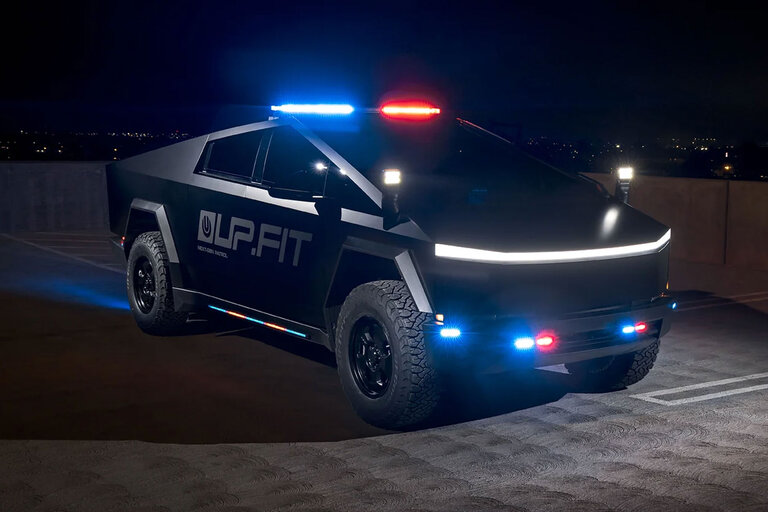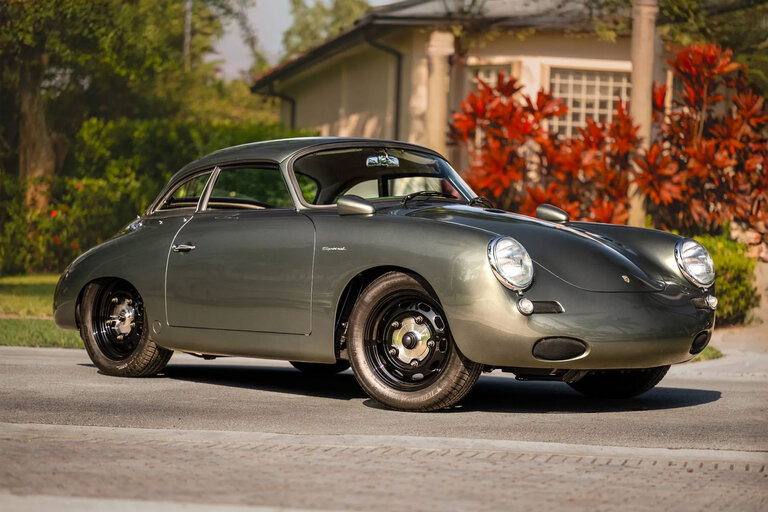
Illustration by Ryan OlbryshCar and Driver
From the January 2021 issue of Car and Driver.
If, like us, you have trouble remembering the past twelve months, let us refresh your memory: You likely woke up on January 1, 2020, after a night of revelry (remember revelry?) to learn that former Nissan CEO and then prisoner of Japan Carlos Ghosn had escaped house arrest by hiding in a very large box and hitching a ride on a private jet to Lebanon. You also may have thought at the time, “Well, this has to be the craziest thing that’ll happen this year.” How wrong you were.
Within a week of Ghosn’s daring escape, Mercedes unveiled an electric concept vehicle based on the 2009 science-fiction movie Avatar, a film about a mining colony attempting to wipe out an indigenous species and its culture. But before that settled into our consciousness, we heard rumblings that GM was bringing back the Hummer as an electric vehicle. The company eventually unveiled it in October, deftly making the transition to battery power while still capturing the weird excesses of America with a vehicle that’s more likely to plow through a tree than hug it. A Watts to Freedom mode—as close as GM marketers will get to typing “WTF”—launches the electric Hummer to 60 mph in a claimed 3.0 seconds.
Ford took a moment (and a picture) to share that the frunk of its upcoming electric Mustang Mach-E would be a great place to lay out a shrimp cocktail spread on a bed of ice while tailgating. Try doing that in your Shelby GT500, knuckle draggers! That was in February, which meant it was likely the last time many of us thought about hanging out with friends around a vat of shellfish before COVID-19 started shuttering factories in Asia. The pandemic spread across the globe and shut down entire economies and borders and took a heavy toll on human lives. Auto sales briefly tanked and then bounced back with surprising strength and speed, even as millions of Americans traded their commutes for working from their couches.
Oil prices fell. Then fell again. They eventually dropped below zero dollars. For a few days, oil was worth less than worthless. Meanwhile, in response to the coronavirus, nearly every automaker became a medical-equipment provider (or at least tried) as factories switched from producing vehicles to making ventilators and masks. Elon Musk did his part by declaring Tesla an essential business and keeping its Fremont, California, factory running until authorities stepped in. Product launches and development programs were pushed back, but we’re aware of only one vehicular casualty of the pandemic: Lincoln had announced in January it would be partnering with EV startup Rivian for an upcoming vehicle. By April, it had walked back those plans, leaving us with whiplash. We had just published a story on the electric Lincoln in our 25 Cars Worth Waiting For issue. Guess it’s 24 cars worth waiting for, then.
If you lived in the state of Georgia in May, you may have noticed your roads got a little bit more hectic when the state allowed nearly 20,000 kids to get their driver’s licenses without taking a road test. No less horrifying, a parade of imbeciles with more money and time than sense and compassion took advantage of shelter-in-place orders and nearly empty roads to chase new Cannonball Run records.
Speaking of having more money than sense, EV startup Nikola went public, raised a ton of cash, then entered into a deal with GM, wherein the Detroit automaker will build its hydrogen powertrains and electric pickup in exchange for equity. Almost immediately after the agreement made headlines, Nikola’s CEO and founder resigned amid allegations that the company misled investors. The stock tanked. It turns out the deal hadn’t been finalized yet, but as of press time, GM is still at the table but now only supply fuel cells to the startup instead of helping it build the Badger, which as far as the EV world is concerned, is extinct.
Because there wasn’t enough turmoil in the U.S. auto market already, in August, Ford pulled a C-suite switcheroo, replacing its top Jim—CEO Jim Hackett—with another—Jim Farley, the noted car-guy exec and cousin of deceased comedian Chris Farley. Hackett had only been in the top spot for a little over three years. He had replaced Mark Fields, who helmed the Blue Oval for less than three years. If Farley can make it to the four-year mark, his story will be as triumphant as Tommy Boy.
The weirdness hit close to home, too. Many of us have become super into vans and RVs because we all want to leave our houses and flying with strangers seems like a big no-no. Forty-two years after this publication set up shop in Michigan, we’ve discovered new driving roads less than an hour from the office. We’ve seen the insides of our co-workers’ houses, even as we rarely see our co-workers in person. It all makes a disgraced CEO’s desperate escape to freedom seem utterly ordinary.
This content is created and maintained by a third party, and imported onto this page to help users provide their email addresses. You may be able to find more information about this and similar content at piano.io
Source link






